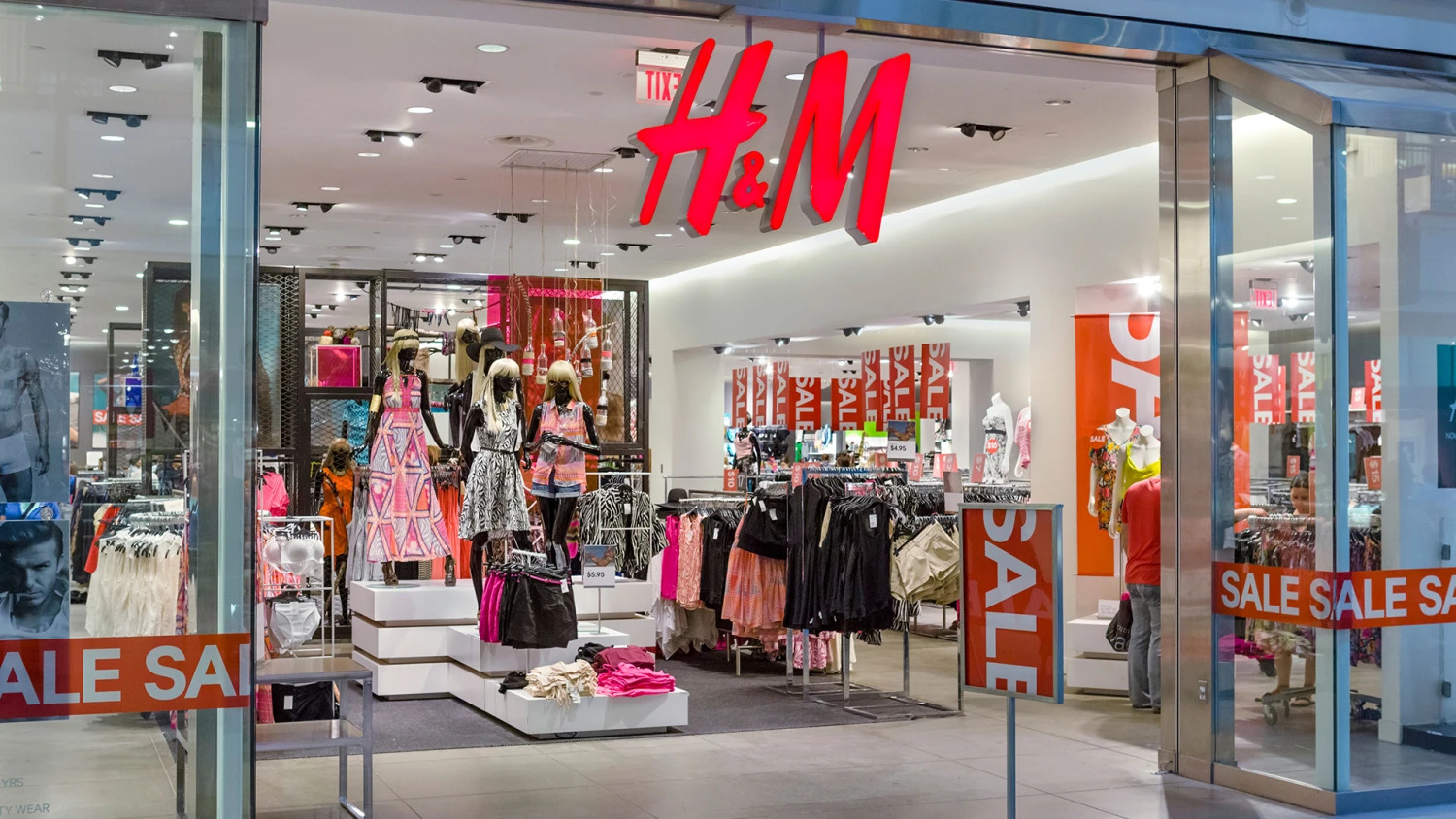As rising tariffs disrupt global trade and reshape fashion supply chains, Swedish retail giant H&M is taking a bold stance: keep prices steady in the United States, even as major rivals like Zara and Shein raise theirs.
This strategic decision, aimed at capturing value-conscious American shoppers, comes as the fast-fashion industry contends with inflation, shifting consumer sentiment, and new geopolitical headwinds that are driving up import costs.
H&M CEO Daniel Erver acknowledged the complexity of the moment during a Thursday interview with Reuters, describing the U.S. market as “turbulent” due to ever-changing tariffs. “The challenge in the coming months,” Erver said, “is to understand consumer sentiment, which we see has dropped in the U.S. due to all the turbulence, with the fact that some [competitors] will be forced to raise prices more, and what that creates as an opportunity.”
According to retail intelligence firm Edited, average U.S. prices at Zara have jumped 28% over the past year across categories such as dresses, jeans, and shirts. Meanwhile, H&M prices have dropped by an average of 3%, a notable outlier in a sector grappling with inflationary pressures.
Chinese-founded Shein, another major player, has also increased prices after the U.S. rolled back “de minimis” duty exemptions that had previously allowed low-cost parcels to enter the country tariff-free. The result: slower customer growth for the e-commerce powerhouse.
Strategic Patience Amid Rising Costs
H&M’s strategy isn’t without risks. By keeping prices steady, the world’s second-largest listed fashion retailer is absorbing higher costs, putting pressure on profit margins already under strain.
Yet analysts suggest that the company’s cautious pricing might be a savvy long-term move. “Maybe they are going to raise prices in the U.S.,” said Alexander Siljestrom of Pareto Securities, “but just to a lesser extent as compared to competitors.”
Indeed, H&M appears to be walking a fine line: holding prices just long enough to lure shoppers from competitors, but not so long as to endanger its bottom line.
Reshaping Supply Chains: From China to Closer Shores
A key lever in H&M’s ability to hold prices lies in its evolving supply chain. In response to the growing impact of tariffs particularly those on Chinese imports, the company has spent the past 18 months consolidating its supplier base, favoring larger vendors with manufacturing capabilities in multiple countries.
We look at each individual order to decide what’s the best sourcing market depending on the craftsmanship, the skills, the pricing situation, but also now more than ever, the geopolitical situation.
Daniel Erver, CEO of H&M
This shift has seen H&M move sourcing away from tariff-heavy China to more cost-effective alternatives such as Bangladesh. As part of its “nearshoring” initiative, the brand is also investing in suppliers closer to key consumer markets like Turkey, Egypt, Jordan, and Morocco for Europe, and now Brazil, where H&M plans to open its first stores in the second half of 2025.
Future-Proofing Through Flexibility
Erver emphasized that the company’s supply strategy is designed for responsiveness. By maintaining supplier capacity below 100%, H&M can quickly ramp up production on high-performing items. This agility is essential in a fast-paced retail landscape where consumer tastes can change overnight.
H&M currently operates around 500 stores across the U.S. its second-largest market after Germany accounting for 13% of its total sales in 2024. That footprint, coupled with a stable pricing approach, could allow the retailer to deepen its U.S. presence just as some competitors price themselves out of reach for budget-conscious shoppers.
